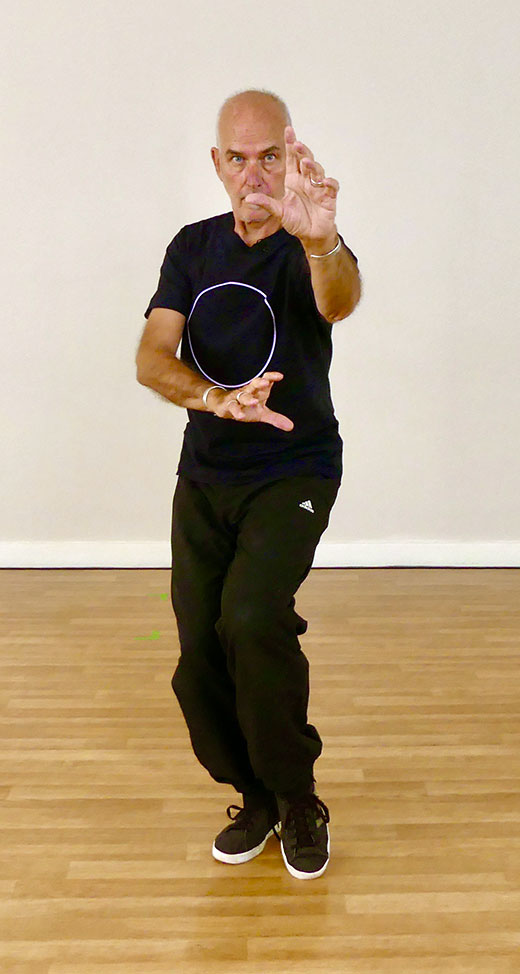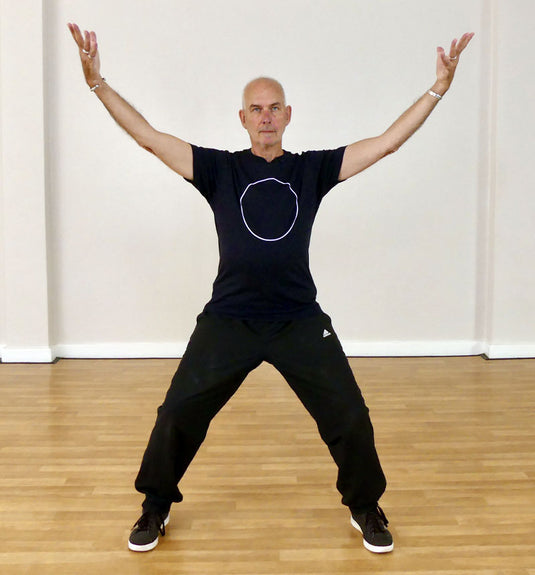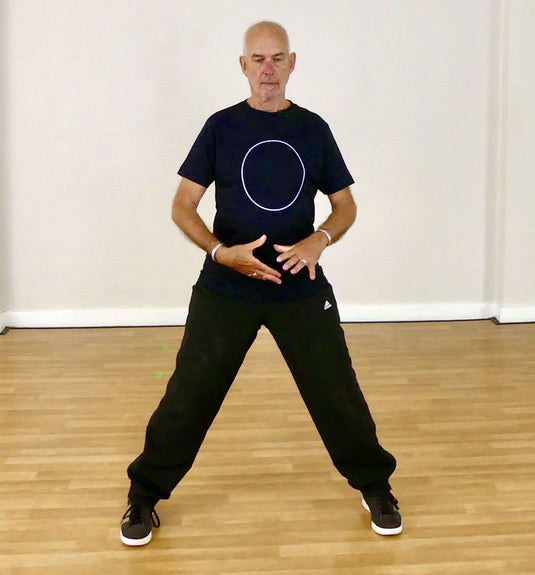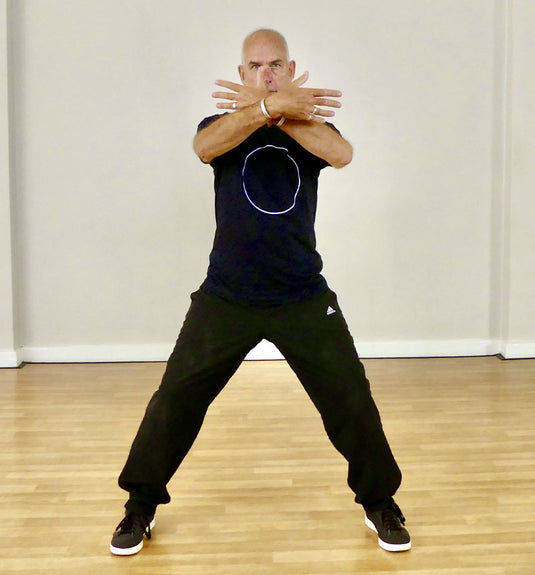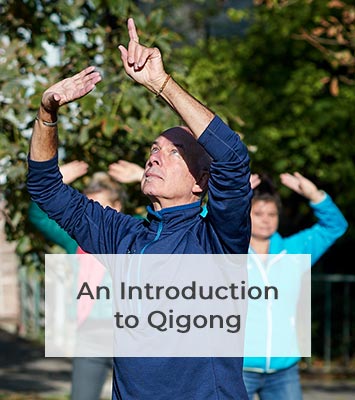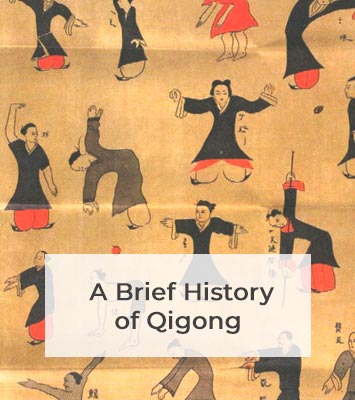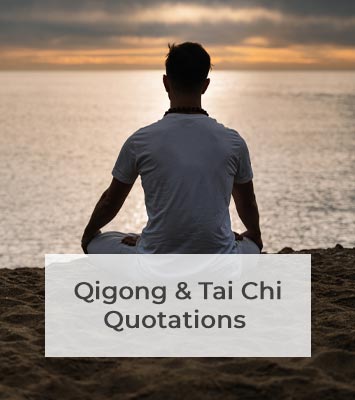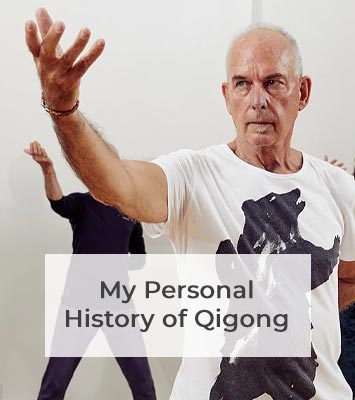- enjoyment of the body
- strength adequate for performing daily tasks, not just now but right through into old age; sinew strength is prioritised over muscle strength
- elasticity and flexibility of joints, muscles and fascia/connective tissue
- balance, groundedness, sure footedness
- alignment and connectedness/integration of all parts of the body
- full bodily awareness and good proprioception (knowing where every part of our bodies is in space)
- grace in movement
- healthy heart, lungs and digestion
Regular practice of the right kind of qigong will help achieve all of these (you can visit the qigong research page to see some of the evidence). What qigong won’t deliver (and other forms of exercise will need to be added to achieve these) is high levels of aerobic fitness or body sculpting.
One of the most obvious characteristics of qigong (as well as tai chi) is the slowness of the moves. The reason is that when we slow things down (and repeat them over and over) we can become more deeply aware of the body, of how it does and doesn’t move, of how it does or doesn’t feel, of our balance and alignment. And the reason this kind of slow repetitive movement is also practised in what are called the ‘internal’ martial arts, is that finally – when speeded up – perfect biomechanics results in maximum connected power.

